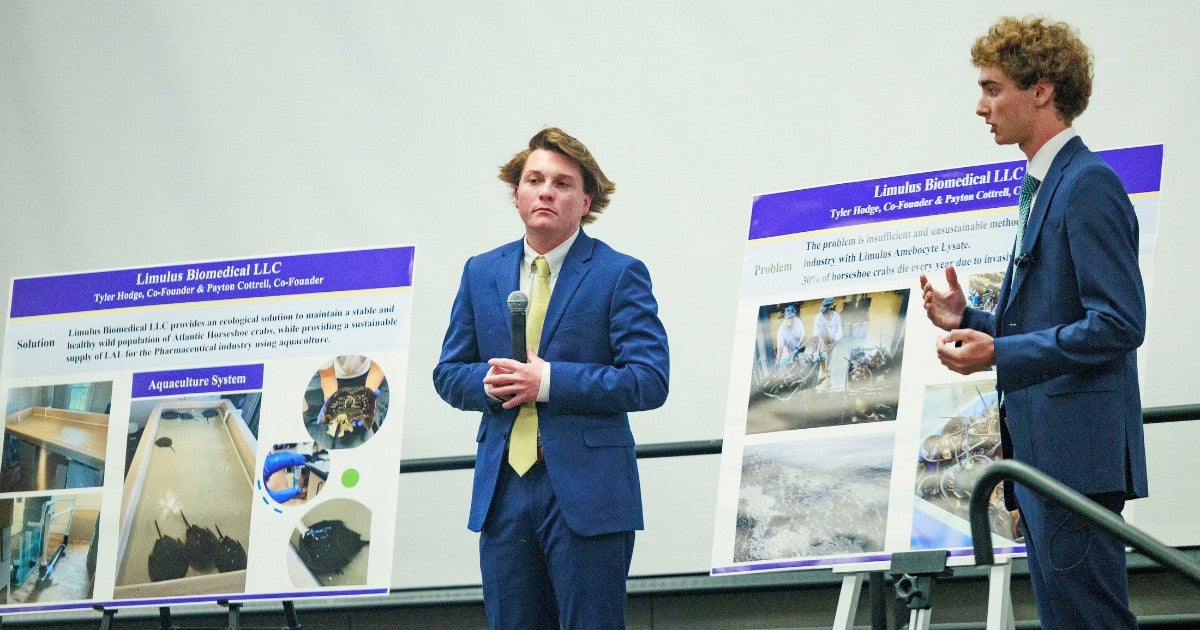The decision to become a stay-at-home mom is a significant one for many women, as it often involves sacrificing a career to focus on raising children. Kristyn Robledo, a mother from Rochester, Minnesota, found herself in this situation in 2016 when she had her first child. Initially, she didn’t plan on leaving her job in the medical field, but the demands of motherhood made it clear that managing both work and childcare was not feasible. Without paid parental leave, Robledo made the difficult choice to quit her job to prioritize her family.
For six years, Robledo dedicated herself to being a stay-at-home mom. However, in 2022, circumstances changed when her husband’s work became unstable, and the healthcare industry, where she had previously worked, faced a worker shortage. Feeling the pressure of financial instability, Robledo decided to re-enter the workforce. She found a job as a program manager at a group home for aging individuals, a role that aligned with her interests and skills. This opportunity marked a turning point in her career and allowed her to balance work and family responsibilities effectively.
The story of Kristyn Robledo reflects a broader trend in the labor market, particularly among women. According to Sarah Damaske, a professor of labor and employment relations at Pennsylvania State University, women’s work patterns have evolved to resemble those of men, with more women, especially those with college education, working steadily throughout their adult lives. This shift is evident in the latest statistics from the Bureau of Labor Statistics, which show that the percentage of women in their prime working years (ages 25 to 54) is at an all-time high of 78%.
The increase in women’s labor force participation is a positive development, considering the challenges faced during the pandemic. Many women left their jobs in service industries or as caregivers, leading to what economists termed a “she-cession.” However, the rebound in women’s employment has been swift, driven by a combination of factors such as a tight labor market, higher wages, and more flexible work arrangements, including remote options.
Sharmili Majmudar, executive vice president of policy, programs, and research at Women Employed, emphasizes that the high labor participation rate among women goes beyond economic incentives. It also involves addressing issues such as wages, opportunities for advancement, and overall well-being. Policy measures, such as federal grants for childcare providers, student loan relief, stimulus checks, and child tax credits, have played a crucial role in supporting women’s return to the workforce.
However, the expiration of many federal benefits raises concerns about the sustainability of women’s labor force participation. Structural policy solutions, such as paid maternity leave, are essential to fully harnessing the potential of women in the workforce. Sarah Fudge, a construction project manager near Washington, D.C., faced challenges due to the lack of paid maternity leave, leading her to leave her job in 2022. Despite her desire to return to work, financial constraints and inadequate support forced her to reconsider her options.
As women navigate the complexities of balancing work and family responsibilities, the need for comprehensive policies that support their participation in the workforce remains critical. The experiences of women like Kristyn Robledo and Sarah Fudge highlight the importance of addressing systemic barriers and creating a more inclusive and supportive environment for working mothers. By implementing effective policies and providing adequate support, we can empower women to pursue their career goals while fulfilling their family obligations.




















